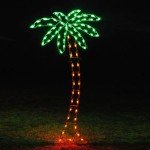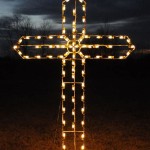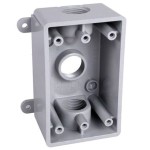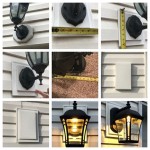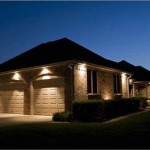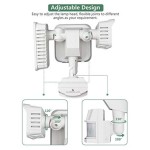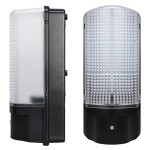Essential Aspects of Outdoor Lamp Photo Sensors
Outdoor lamp photo sensors play a crucial role in optimizing lighting efficiency and convenience. These devices automate the operation of outdoor lights, making them sensitive to changes in ambient light levels. Understanding the essential aspects of outdoor lamp photo sensors is vital for ensuring their proper selection and usage.
Function and Benefits
Outdoor lamp photo sensors use a photocell to detect daylight. They work by cutting off the electricity supply to the lamp when there is sufficient natural light, and turning it on when it gets dark. This automation offers several benefits, including:
- Energy savings: By only operating when necessary, outdoor lights reduce energy consumption, lowering utility bills.
- Convenience: Photo sensors eliminate the need to manually turn lights on and off, providing peace of mind and ease of use.
- Enhanced safety: Well-lit outdoor areas deter burglars and improve visibility, promoting safety.
Types and Mounting Options
There are two main types of outdoor lamp photo sensors:
- Integral: Built into the light fixture, these sensors are typically compact and offer a sleek appearance.
- Separate: Mounted independently of the light fixture, these sensors provide more flexibility in placement and can be used with existing lights.
Mounting options vary depending on the sensor type and light fixture. Some sensors use built-in brackets for easy installation, while others require additional mounting hardware.
Sensitivity and Time Delay
The sensitivity of an outdoor lamp photo sensor determines the light level at which it turns the lamp on or off. This setting should be adjusted based on the desired level of illumination and the ambient light conditions in the area.
Time delay functions introduce a delay between the moment the sensor detects a change in light level and the lamp's operation. This feature prevents flickering or premature shut-off during temporary changes in light levels, such as passing headlights or lightning.
Durability and Weather Resistance
Outdoor lamp photo sensors should be durable and weather-resistant to withstand harsh conditions such as sun, rain, and snow. Look for sensors with IP ratings (e.g., IP65) to ensure protection against moisture and dust.
Maintenance and Troubleshooting
Regular maintenance and troubleshooting can ensure the proper functioning of outdoor lamp photo sensors. Periodically clean the photocell to remove any dirt or debris that may affect its sensitivity. If the sensor malfunctions, check the connections, wiring, and sensor settings before replacing the unit.
Conclusion
Understanding the essential aspects of outdoor lamp photo sensors is crucial for optimizing their performance and benefits. By considering the function, types, mounting options, sensitivity, time delay, durability, and maintenance, you can select the most appropriate photo sensor for your outdoor lighting needs. These devices provide energy efficiency, convenience, safety, and peace of mind, making them an indispensable component of modern outdoor lighting systems.

Country Cottage Black Motion Sensor Outdoor Wall Light H6924 Lamps Plus

Ip54 Outdoor Light Sensor Switch Photocontrol China Photocell Control Made In Com

Auraglow Pir Motion Sensor Up Down Outdoor Wall Security Light Warminster Stainless Steel Led Lighting

Lepro 20w Security Lights Outdoor Motion Sensor 1700 Lumen Pir Light Ip65 Waterproof Flood

Outdoor Lamp Anthracite With Light Dark Sensor Incl Led Uma Lampandlight

Solus Photocell Light Sensor Switch For Hardwire Outdoor Lamp Posts With Ezee Change Plug Dusk To Dawn Control

Lnc Modern Black Motion Sensing Outdoor Sconce With Seeded Glass Shade Farmhouse 1 Light Front Door Wall Lantern 2 Pack Ev26jrhd1745dg8 The Home Depot

Sambesi Pir Sensor Outdoor Wall Light

How To Add A Light Sensor Outdoor Lanterns The Navage Patch

Outdoor Light Intensity Sensor Ahkf
Related Posts
